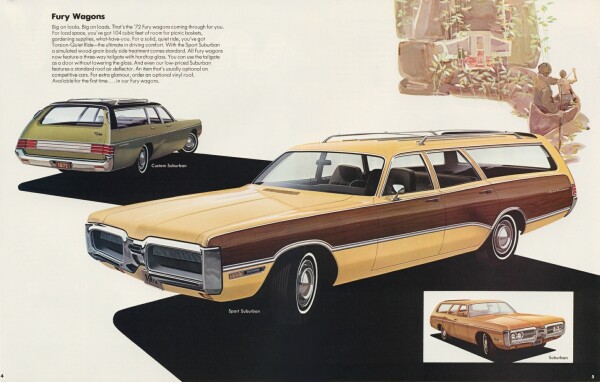SCAMP TRAMP
Member
The big block of all big blocks :cheers: .... while looking around for some Hemi parts on line I came across the grandfather of all Hemi's, Built during WW II for the P-47 fighter plane but did not make it to prduction in time, Only 3 are known to exsist with 1 being in the smithsonian 1 in a museum somewhere in England and Chrysler has the other one in their museum, Question is where do I get the motor mounts to drop it in the 70 NewYorker out back lol..... enjoy
General characteristics
Type: 16-cylinder turbosupercharged liquid-cooled 60° inverted V aircraft piston engine
Bore: 5.8 in (147.32 mm)
Stroke: 5.25 in (133.35 mm)
Displacement: 2,219.35 cu in (36.37 L)
Length: 122 in (3,100 mm)
Dry weight: 2,440 lb (1,015 kg)
Components
Valvetrain: Single overhead camshaft actuating two valves per cylinder
Supercharger: With aftercooler
Turbocharger: With water-to-air intercooler
Cooling system: Liquid-cooled
Performance
Power output:
2,500 hp (1,865 kW) at 3,400 rpm for takeoff
2,500 hp (1,865 kW) at 25,000 ft METO
2,150 hp (1,605 kW) at 3,200 rpm normal rating
1,450 hp (1,080 kW) at 2,800 rpm cruise
Specific power: 1.13 hp/cu in (51.2 kW/L)
Specific fuel consumption:
0.54 lb/(hp·h) (0.33 kg/(kW·h)) METO
0.43 lb/(hp·h) (0.26 kg/(kW·h)) normal rating
Power-to-weight ratio: 1.02 hp/lb (1.84 kW/kg)
Note: some sources claim the engine delivered 2,300 hp in testing, and that 2,500 was the design power. Chrysler documents specify 2,500 hp, the figure used here.




General characteristics
Type: 16-cylinder turbosupercharged liquid-cooled 60° inverted V aircraft piston engine
Bore: 5.8 in (147.32 mm)
Stroke: 5.25 in (133.35 mm)
Displacement: 2,219.35 cu in (36.37 L)
Length: 122 in (3,100 mm)
Dry weight: 2,440 lb (1,015 kg)
Components
Valvetrain: Single overhead camshaft actuating two valves per cylinder
Supercharger: With aftercooler
Turbocharger: With water-to-air intercooler
Cooling system: Liquid-cooled
Performance
Power output:
2,500 hp (1,865 kW) at 3,400 rpm for takeoff
2,500 hp (1,865 kW) at 25,000 ft METO
2,150 hp (1,605 kW) at 3,200 rpm normal rating
1,450 hp (1,080 kW) at 2,800 rpm cruise
Specific power: 1.13 hp/cu in (51.2 kW/L)
Specific fuel consumption:
0.54 lb/(hp·h) (0.33 kg/(kW·h)) METO
0.43 lb/(hp·h) (0.26 kg/(kW·h)) normal rating
Power-to-weight ratio: 1.02 hp/lb (1.84 kW/kg)
Note: some sources claim the engine delivered 2,300 hp in testing, and that 2,500 was the design power. Chrysler documents specify 2,500 hp, the figure used here.























